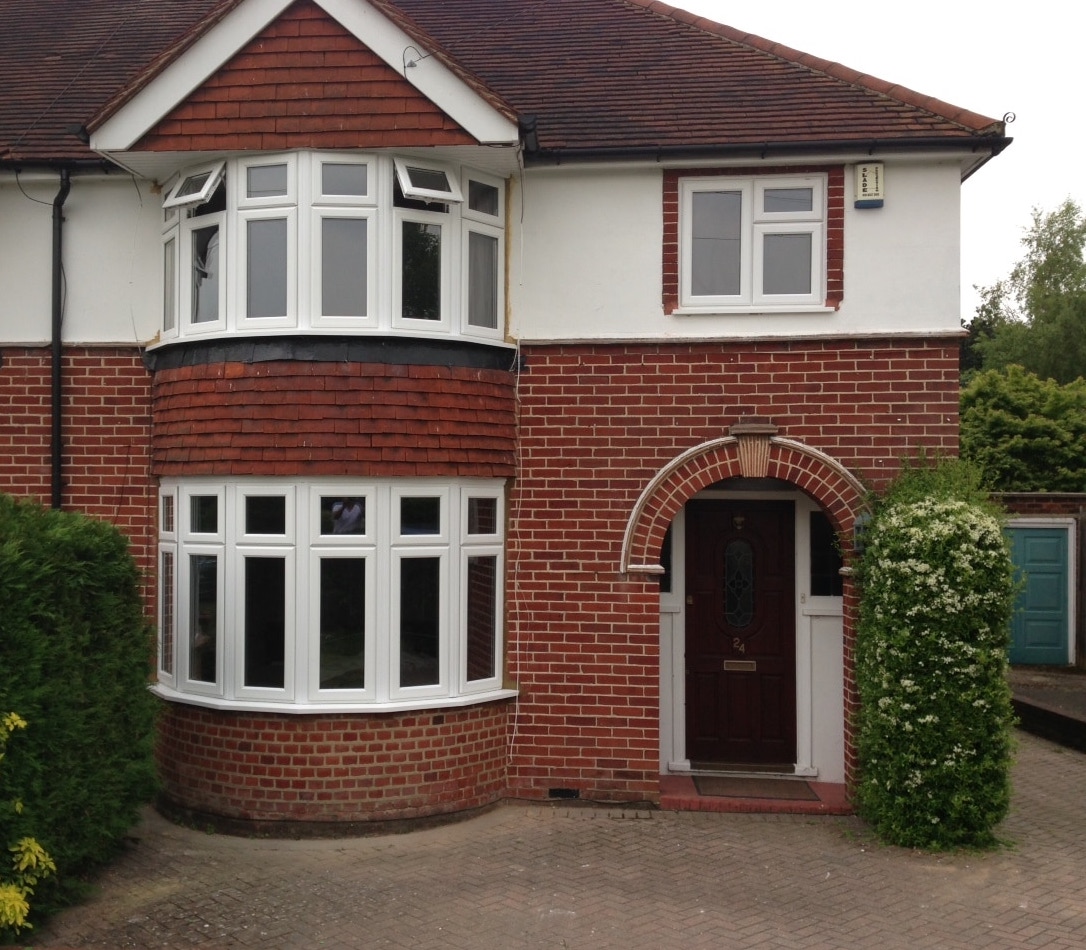The Ultimate Guide to Commercial Bay Window Installers
Introduction
Bay windows are architectural features that have actually acquired appeal in both residential and commercial residential or commercial properties due to their visual appeal and ability to enhance natural light. They not just develop an aesthetically inviting atmosphere but also provide extra area that can be used for seating or ornamental screens. For commercial homeowner and managers, setting up bay windows can elevate the design and performance of retail environments, office complex, and more. Window Installation Specialists will explore the vital elements of commercial bay window installation, the advantages of working with professional installers, and what to consider when selecting the ideal company.
Understanding Bay Windows
Bay windows are made up of three or more sections, extending beyond the exterior wall of a building. They are usually created to develop a nook or alcove that boosts area and light. Secret components of bay windows consist of:
- Main Window: The largest center pane that often functions as the centerpiece of the bay window.
- Side Windows: Smaller panes on either side of the main window, which may open or remain fixed.
- Casing: The frame that surrounds the window.
- Sill: The bottom ledge that supports the window structure.
Advantages of Installing Bay Windows in Commercial Spaces
Bay windows provide many benefits for commercial properties:
- Increased Natural Light: The angled design permits more sunshine to enter the area, minimizing the need for synthetic lighting.
- Visual Appeal: Bay windows can enhance the visual interest of a building's exterior, drawing in potential consumers.
- Additional Usable Space: The alcove created by bay windows can be changed into different practical areas, such as seating, storage, or display screen area.
- Much better Views: Their protruding nature supplies residents with breathtaking views of the environments, which can be especially advantageous for retail environments.
- Enhanced Ventilation: If developed with operable side windows, bay windows can enhance cross-ventilation within commercial areas.
Aspects to Consider When Selecting Bay Window Installers
Choosing the ideal installer for commercial bay windows is vital to ensure an effective project. Here are key elements to bear in mind:
1. Experience and Expertise
- Market Knowledge: Look for installers with comprehensive experience in commercial projects.
- Portfolio: Reviewing previous setups can showcase the installer's workmanship and design abilities.
2. Quality of Materials
- Sturdiness: Good installers utilize high-quality materials that endure weather and use.
- Energy Efficiency: Consider installers who offer energy-efficient window alternatives to save on heating & cooling expenses.
3. Licensing and Insurance
- Proper Licensing: Ensure the installer complies with local guidelines and holds needed licenses.
- Liability Insurance: This secures the homeowner from possible damages during installation.
4. Consumer Reviews and Recommendations
- Reviews: Previous consumers' feedback can supply insights into the reliability and professionalism of the installer.
- Word of Mouth: Personal suggestions from coworkers in the industry can lead to trustworthy choices.
5. Warranty and After-Sales Service
- Installation Warranty: Quality installers must offer service warranties for their work.
- Upkeep Assistance: Consider if they offer after-sales service for upkeep and repair work.
The Installation Process
The installation of bay windows in commercial spaces normally involves several steps. Here's a concise overview of what to anticipate from the procedure:
Step 1: Assessment and Planning
Before installation begins, the professional will assess the website, take measurements, and talk about design options with the home owner to identify the best service.
Action 2: Sourcing Materials
The chosen installer will source the products required for the installation, ensuring they meet the project specs.
Action 3: Removal of Existing Windows
If an existing window needs to be changed, the installation team will carefully eliminate it while making sure the structure remains intact.
Step 4: Installation
The new bay windows will be installed according to producer specs, guaranteeing appropriate alignment, insulation, and sealing.
Step 5: Finishing Touches
As soon as set up, the area will be cleaned, and any essential complements, such as painting or caulking, will be finished.
Step 6: Final Inspection
A comprehensive examination will be performed to ensure that everything remains in order and meets quality standards.
Frequently Asked Questions About Commercial Bay Window Installation
What are the costs associated with bay window installation?
Costs can vary extensively based upon factors such as product option, window size, required structural adjustments, and labor. On average, commercial bay window installation can range from ₤ 1,000 to ₤ 5,000 per system.
How long does the installation procedure usually take?
The time needed for installation depends upon the size of the job and the variety of windows being set up. Normally, installations can take anywhere from one day to numerous weeks.
Are bay windows energy efficient?
When installed with modern, energy-efficient products, bay windows can considerably reduce energy intake by enhancing thermal insulation.
What type of upkeep do bay windows need?
Routine cleaning and assessment for cracks or leakages are essential. Furthermore, ensuring that the frame is correctly sealed will help extend the life expectancy of the windows.
Commercial bay windows are an excellent addition to any business, offering aesthetic enhancement and practical benefits. Hiring a professional installer can make the procedure seamless and make sure that the results are high-quality and long lasting. By thinking about the elements pointed out above and asking the best concerns, entrepreneur can make educated choices about their bay window installation projects, ultimately improving the comfort and appeal of their commercial areas.

